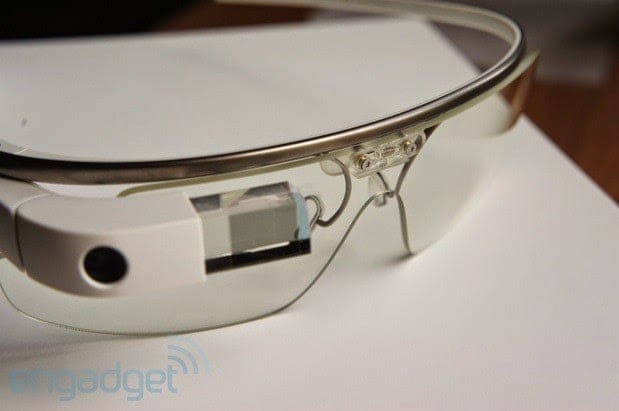Google Glass was developed by Google X, the facility within Google devoted to technological advancements such as driver less cars. Google is not only a smart device but it has also touched the mark of a fashionable eye gear with its slim and sleek design. The Google Glass prototype resembled standard eyeglasses with the lens replaced by a head-up display. Google engineered a prototype that weighed 8 pounds (3,600 g); it is now lighter than the average pair of sunglasses. Its has a wide variety of applications available for it. Google Glass applications are free applications built by third-party developers. Glass also uses many existing Google applications, such as Google Now, Google Maps, Google+, and Gmail. Many developers and companies have built applications for Glass, including news apps, facial recognition, exercise, photo manipulation, translation, and sharing to social networks, such as Facebook and Twitter.
The new Google Glass are an entombment of fantastic features that are set to bedazzle the world. A touchpad is located on the side of Google Glass, allowing users to control the device by swiping through a timeline-like interface displayed on the screen. Sliding backward shows current events, such as weather, and sliding forward shows past events, such as phone calls, photos, etc. It is not possible for such a remarkable device not to have a camera with the world going on crazy with photography. Google Glass has the ability to take photos and record 720p HD video. It is more than expected for such a compact device. The next quality that is judged while evaluating a gadget is its display or resolution. The Explorer version of Google Glass uses a Liquid crystal on silicon, field-sequential color, LED illuminated display. Google offers a companion Android and iOS app called MyGlass, which allows the user to configure and manage the device. Onboard storage is 16GB, although 12GB of this is usable as 4GB is presumably taken up by the software. The device is fully synced with Google’s cloud storage. The Google Glass has moved a step further with voice control commands. It recognizes voice specifications and general commands. To activate Glass, wearers tilt their heads 30° upward (which can be altered for preference) or tap the touchpad, and say “O.K., Glass.” Once Glass is activated, wearers can say an action, such as “Take a picture”, “Record a video”, “Hangout with [person/Google+ circle]”, “Google ‘What year was Wikipedia founded?'”, “Give me directions to the Eiffel Tower”, and “Send a message to John”. Amazing! It is just like owning a mini JARVIS on your eyes. Although Google charges developers and testers $1,500 (or £1,000 in the UK) for Google Glass, the consumer model will supposedly be sold for less than this – how much less, we don’t know.


